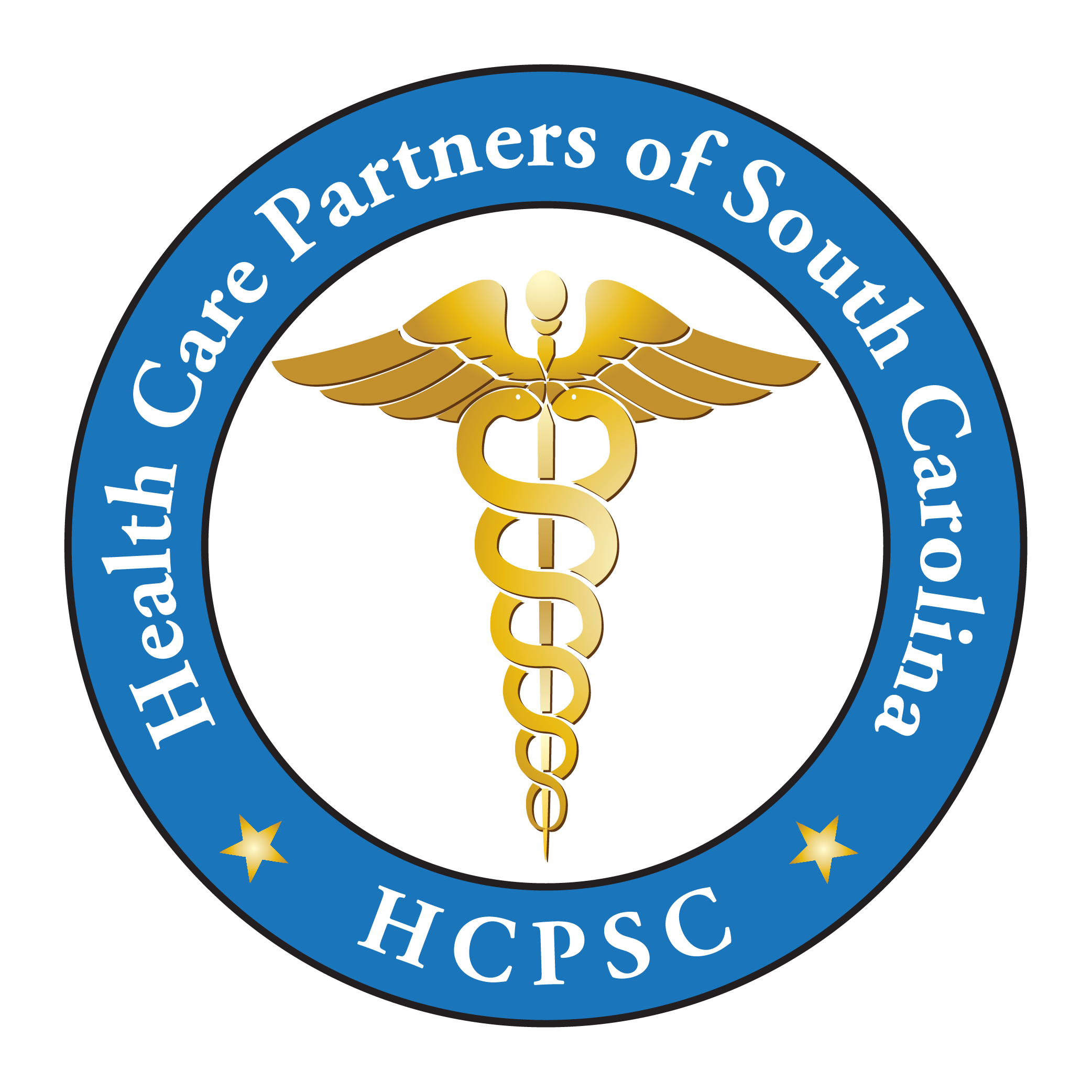Health Centers Are a Bipartisan, Community-Based Health Care Solution that Works
Advocacy
Regardless of insurance coverage, all people need a place to go for health care. For more than 50 years, Community Health Centers have worked to solve the national challenge of access to care with innovative solutions at the local level.
With the election now behind us, it is important to remember that there is something on which both Republican and Democratic policymakers have agreed: The Health Center Program produces results. As local businesses, directed by the people in the communities they serve, health centers deliver quality, affordable and cost-effective health care to millions of people all over the country where needed most. And they deliver these results in a way that reduces the overall cost of care in those communities.
Presidential administrations and Members of Congress on both sides of the political aisle have made investments in health center expansion for the past 16 years because they know health centers deliver value for patients and for the federal taxpayer.
Health Centers Reduce Costs and Save Lives
Health centers not only prevent chronic disease and illness, they also reach beyond the walls of the exam room to address underlying factors that may cause it – such as poor nutrition, mental health problems, homelessness, unsafe environmental conditions, or substance use disorders.
Health centers save, on average, $2,371 (or 24 percent) in total spending per Medicaid patient when compared to other providers, according to a recent multistate study published in the American Journal of Public Health.
Health centers generate $24 billion in savings to the health care system every year by efficiently managing and treating chronic disease, keeping people out of emergency rooms where care is costlier, and avoiding unnecessary hospitalizations – even among the most economically challenged populations.
Investing in Health Centers is Critical
Some 62 million Americans lack access to primary care because of a variety of factors, including long travel distances to health care facilities, affordability of care and a shortage of available doctors and other providers. Health centers have been and remain the frontline responders in addressing these challenges of access to care, as well as emerging public health challenges, such as the nationwide opioid epidemic, the Zika virus, and lead contaminated water in Flint, Michigan.
Today, 25 million mostly working class people, including 305,000 veterans, all across America rely on their local health centers for primary and preventive health services, and they are asking their local, state and national policymakers not only to preserve the services they have in their own communities, but also expand those services to others who need them.
Even with broad public support for health centers, there is no guarantee of long-term funding to support continued expansion of health care for more people. It is up to Congress to extend stable funding for the program, which is currently set to expire next year. Otherwise, health centers across the country will face a 70 percent funding cut. Such a loss would result in closure of sites, loss of jobs in the community, and hurt millions of people who rely on their health centers for
Allow your voice to be heard!
Become an advocate for Health Care Partners of South Carolina and health centers across the nation. Join the Campaign for America’s Health Center’s and make a difference in the lives of many.

